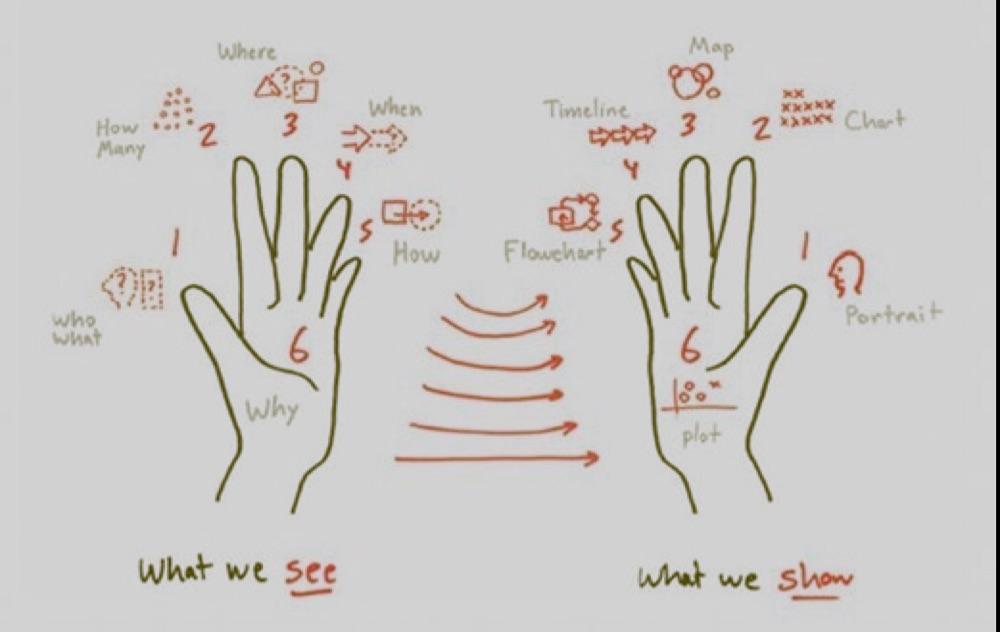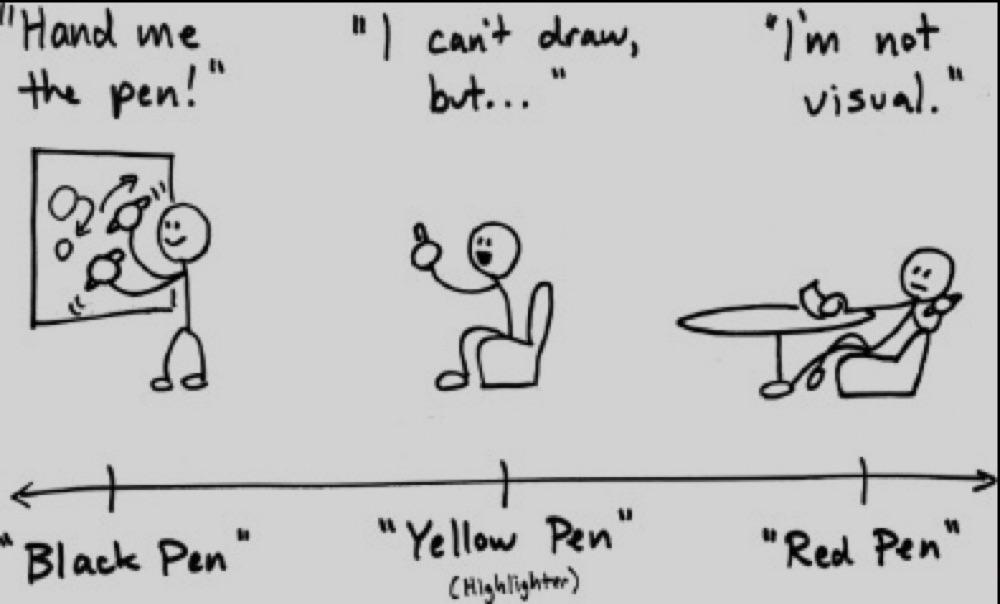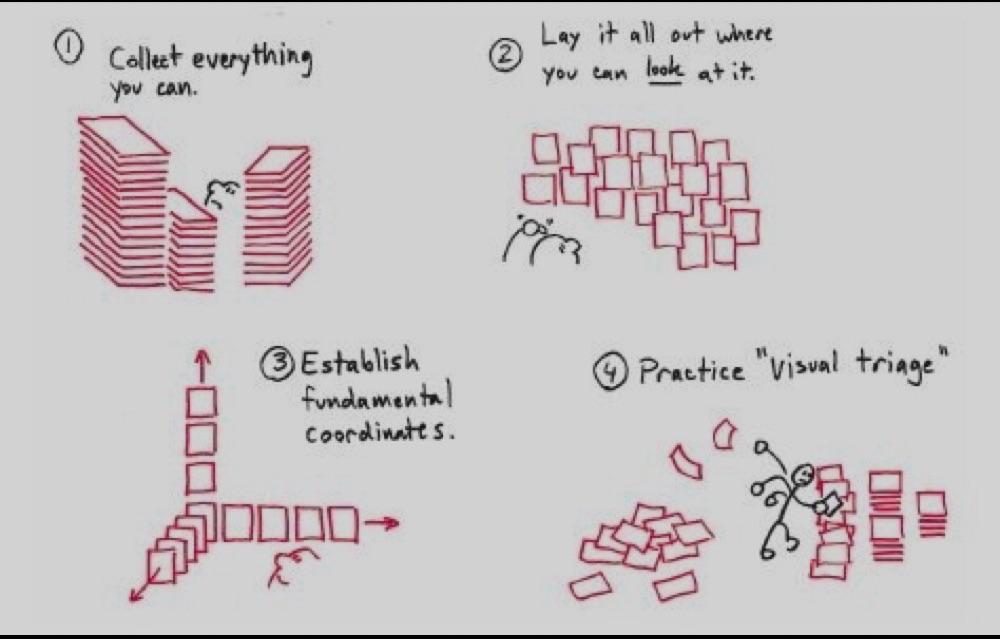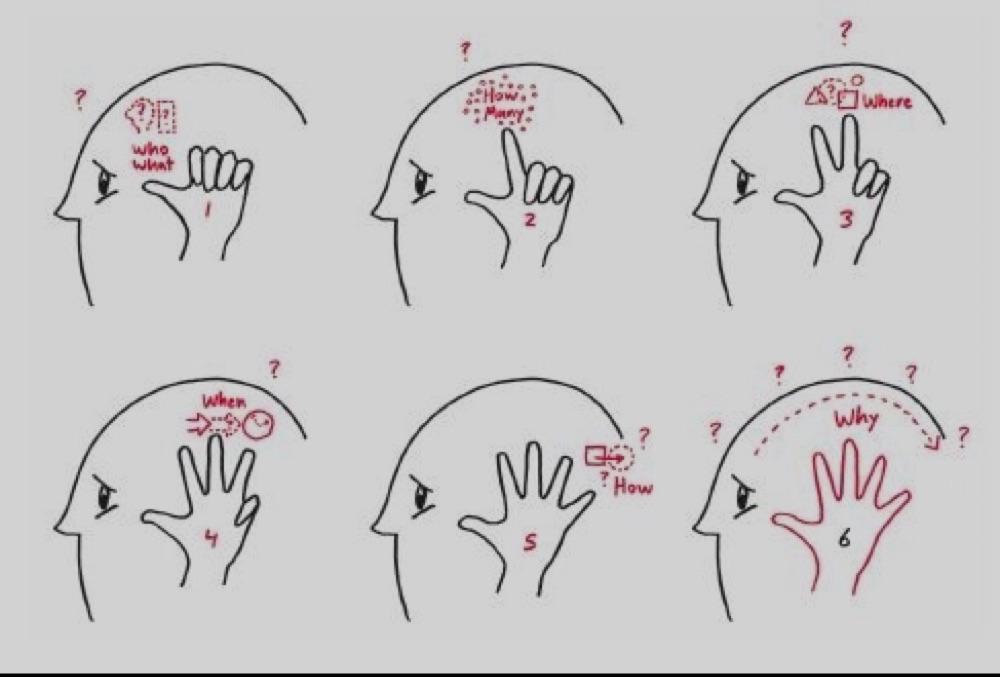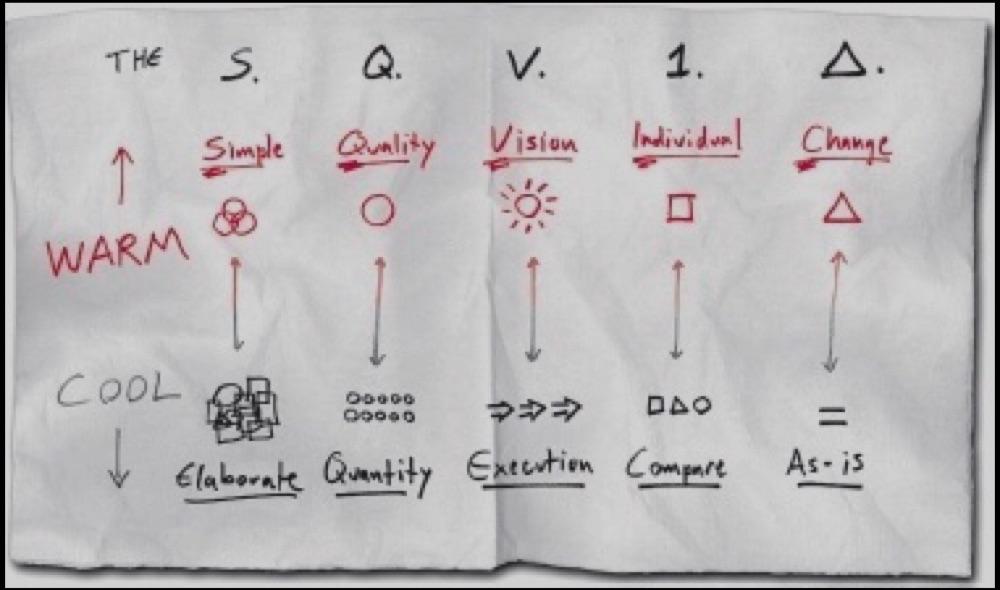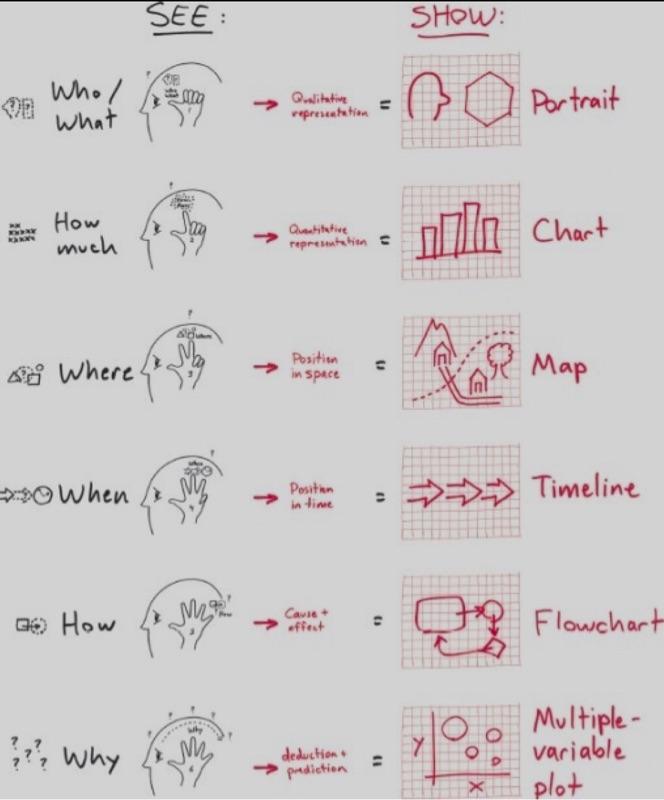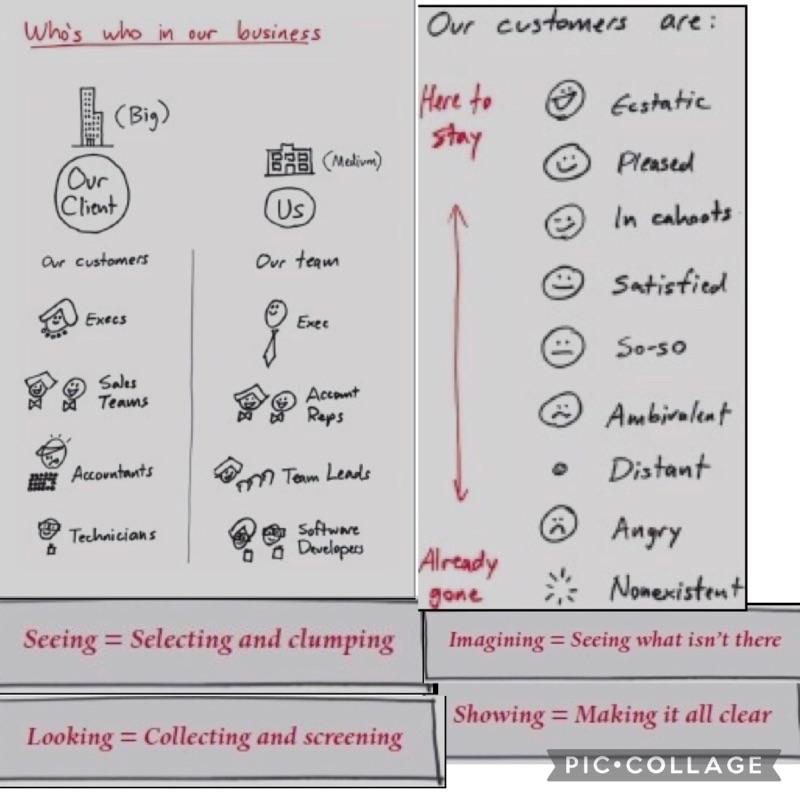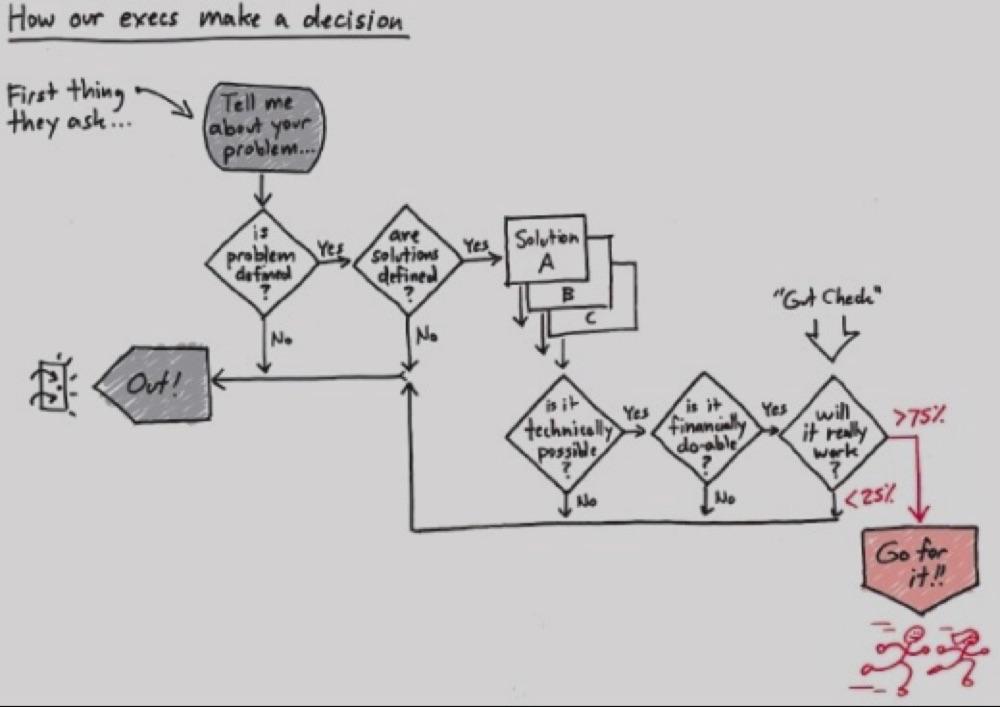Prince Rahul's Key Ideas from The Back of the Napkin (Expanded Edition)
by Dan Roam
Ideas, facts & insights covering these topics:
11 ideas
·3.07K reads
20
1
Explore the World's Best Ideas
Join today and uncover 100+ curated journeys from 50+ topics. Unlock access to our mobile app with extensive features.
Solve Any Problem with Pictures
- Strategic, financial, operational, conceptual, personal, and emotional: It doesn’t matter the nature of the problem we face—if we can imagine it, we can draw it.
- By drawing it we will see otherwise invisible aspects, and potential solutions will emerge.
- Drawing our problem is always worth a try: Even in the worst case—if no solution becomes visible—we’ll still end up with an infinitely clearer view of our situation.
31
506 reads
Black Pen, Yellow Pen, Red Pen:
There are three kinds of visual thinkers:
- The black pen : People who can’t wait to start drawing.
- The highlighters : Those who are happy to add to someone else’s work.
- The red pen : Those who question it all—right up to the moment they pick up the red pen and redraw it all.
27
431 reads
THE FOUR STEPS OF VISUAL THINKING
1. Collect everything we can to look at—the more the better.
2. Have a place where we can lay out everything and really look at it all, side by side.
3. Always define a basic coordinate system to give us clear orientation and position.
4. Find ways to cut ruthlessly from everything our eyes bring in—we need to practice visual triage.
29
350 reads
The Garage Sale Principle: How Do We Even Know What We’ve Got?
- The garage sale principle: Everything looks different when we can see it all at once.
- Regardless of how well organized all the stuff in our garage may be, laying everything out on tables in the light of day yields a completely new perspective on it all. The same is true for data.
28
320 reads
Breakdown Any Complex Problem Into 6 Questions(6W)
1. Who and what ?
2. How much ?
3. When ?
4. Where ?
5. How ?
6. Why ?
The 6 W’s are used as coordinates for almost every descriptive picture we’re likely to face.
31
320 reads
THE SQVID
The SQVID is just a series of five questions that we walk our initial idea through in order to bring it to visual clarity and to refine its focus.
- QUESTION 1: SIMPLE OR ELABORATE?
- QUESTION 2: QUALITY OR QUANTITY?
- QUESTION 3: VISION OR EXECUTION?
- QUESTION 4: INDIVIDUAL OR A COMPARISON?
- QUESTION 5: THE WAY THINGS ARE VERSUS THE WAY THEY COULD BE ( D (Delta) is for Change )
36
246 reads
What We Show And What We See
- a PORTRAIT for a “who” or “what” problem;
- a CHART for a “how much” problem;
- a MAP for a “where” problem;
- a TIMELINE for a “when” problem;
- a FLOWCHART for a “how” problem; or
- a MULTIPLE-VARIABLE PLOT for a “why” problem.
From just these six, we have the backbone framework for any problem-solving picture.
30
221 reads
The Swiss Army Knife Of Problem Solving
It has several different blades to help visually solve almost any kind of problem.
- First are our three basic visual thinking tools: our eyes, our mind’s eye, and our hand-eye coordination.
- Next, Four steps : look, see, imagine, and show.
- Then we have the SQVID, the five questions that help us open our mind’s eye.(👆)
- Last come the six ways we see: who/what, how much, where, when, how, and why.
27
184 reads
Actionable Steps
- First take a pen and a paper (/napkin), draw a circle and label it with me or health or business or whatever.
- Then, ask the 6 questions (6W) in proper order for your problem then draw with imagination 💭 and label it . Once you finish all 6 questions , you get clarity about your problem or maybe solution .
- Then use SQVID questions to your problem, you will get solution or get a crystal clear view of the problem.
Go through all the pictures , you will get it.
28
147 reads
Doodle Aloud—and Erase Even Louder
“A picture is worth a thousand words.”
The point of a good picture isn’t to eliminate words; it’s to replace as many as possible so that the words we do use are the important ones. So as you work through your picture, make a point of describing—even if it’s only to yourself—what the pieces mean and why you’re drawing them.
26
163 reads
Talking In Pictures
- The human brain is a remarkable problem-solving device: More often than not, we already know the solution to our problem—usually because we’ve seen it somewhere before—but it’s locked away just out of grasp.
- When we see our problem mapped out in front of us pictorially, the solution often jumps right off the page. Don’t worry about what your picture looks like; concentrate on what it shows.
27
189 reads
IDEAS CURATED BY
The more one seeks to rise into height and light, the more vigorously do ones roots struggle earthward, downward, into the dark, the deep — into evil.
CURATOR'S NOTE
The Back of the Napkin proves that thinking with pictures can help anyone discover and develop new ideas, solve problems in unexpected ways, and dramatically improve our ability to share our insights. This book will help readers literally see the world in a new way.
“
Prince Rahul's ideas are part of this journey:
Learn more about business with this collection
Identifying the skills needed for the future
Developing a growth mindset
Creating a culture of continuous learning
Related collections
Discover Key Ideas from Books on Similar Topics
39 ideas
Business Design Thinking and Doing
Angèle M. Beausoleil
13 ideas
Analysis Without Paralysis
Babette E. Bensoussan, Craig S. Fleisher
11 ideas
Art Therapy Techniques and Applications
Susan I. Buchalter
Read & Learn
20x Faster
without
deepstash
with
deepstash
with
deepstash
Personalized microlearning
—
100+ Learning Journeys
—
Access to 200,000+ ideas
—
Access to the mobile app
—
Unlimited idea saving
—
—
Unlimited history
—
—
Unlimited listening to ideas
—
—
Downloading & offline access
—
—
Supercharge your mind with one idea per day
Enter your email and spend 1 minute every day to learn something new.
I agree to receive email updates
